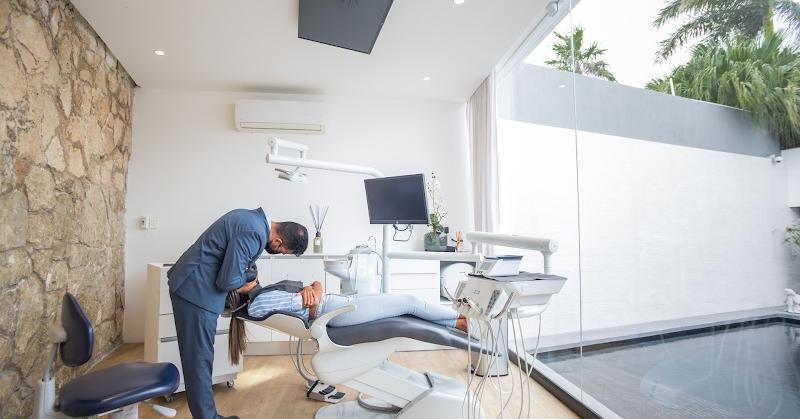Reducing waste is a hot topic in business with no signs of slowing down. Consumers are embracing (and spending money on) more eco-friendly lifestyle choices. Multiple levels of government are making environmental safety a matter of law. That means a greater diversity of businesses — spanning all services — are making the wise move to respond.
Waste reduction is also a massive issue in the healthcare industry, including dentistry. Below, you’ll find four clever ways dental clinics across North America are cutting down on waste. While all of these good ideas are still technically optional, it’s only a matter of time before public demand (and government pressure) means these matters of choice become non-negotiable musts.
1. Recycling Dental Scrap and Instruments
Many dental clinics now send a wide array of metals (used in bridges, crowns, fillings, inlays, and the like) to top dental refining services in their areas. Doing so saves room in overcrowded landfills, ensuring that silver, gold and platinum are correctly recycled. But this isn’t just an extra step for the environment; professional dental scrap refiners will also pay clinics large sums for these precious metals.
That means savvy clinic managers can take the income they receive from scrap recycling and use it to cover other environmental policies with higher price tags — a win-win for everyone involved.
2. Shredding Paperwork
Shredding paperwork professionally and regularly through a third-party service can help dental clinics preserve trees, reduce space in landfills, and save water. It also has the knock-on effect of keeping clients’ sensitive personal information private.
Having a paper shredding policy in place should be reinforced by a general move toward a paper-free (or purely digital) clinic — client information, signatures, reminders and beyond can be captured and displayed on touchscreen devices, and advertising campaigns can stop using wasteful flyers and move to social and search engine marketing.
3. Transitioning to Digital X-Rays
Moving from film-based to digital X-rays will not only help usher in sharper images, quicker appointments, greater organizational possibilities, and far less radiation in the clinic, but it also carries a clear environmental benefit. Film processing releases wasteful lead foils and chemicals such as Ammonium thiocyanate (which can cause nasty skin- and respiratory-related reactions in humans and animals) and Boric anhydride (which can damage our reproductive health).
4. Conserving Water
Dental clinics can contribute to water conservation efforts, namely through replacing the ‘moist’ dental vacuum with a ‘dry’ alternative. Typical water-based vacuum systems can use hundreds of gallons of water a day in an average clinic, while dry vacuums use zero. Various eco-sterilizers and eco-friendly disinfectant methods are also on the market, which can have profound and impressive results.
If you’re a dental professional of any stripe, consider the savings and promotional benefits of embracing a green policy at your clinic. You can also network with other local associations and businesses to keep the community where you work as waste-free as possible.
And if you frequent a clinic that hasn’t caught up with the times, remember that it’s never too late to advocate for people, animals, and the natural environment with your wallet.
